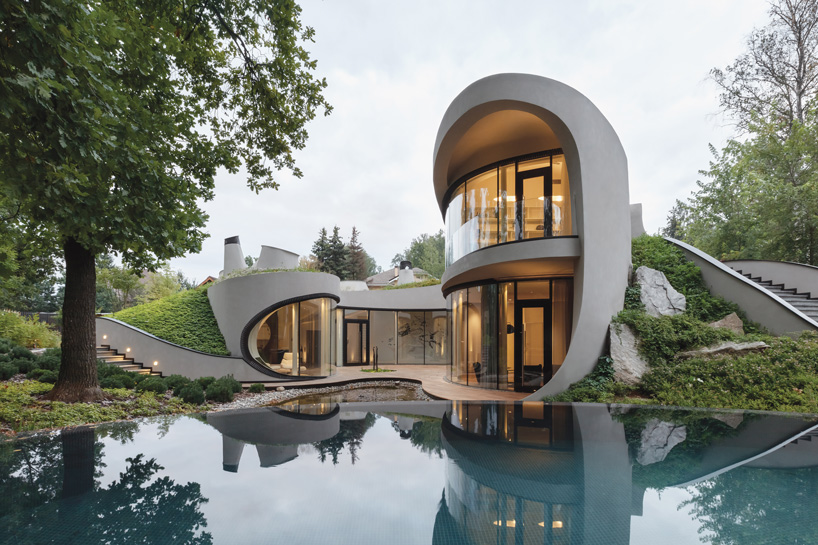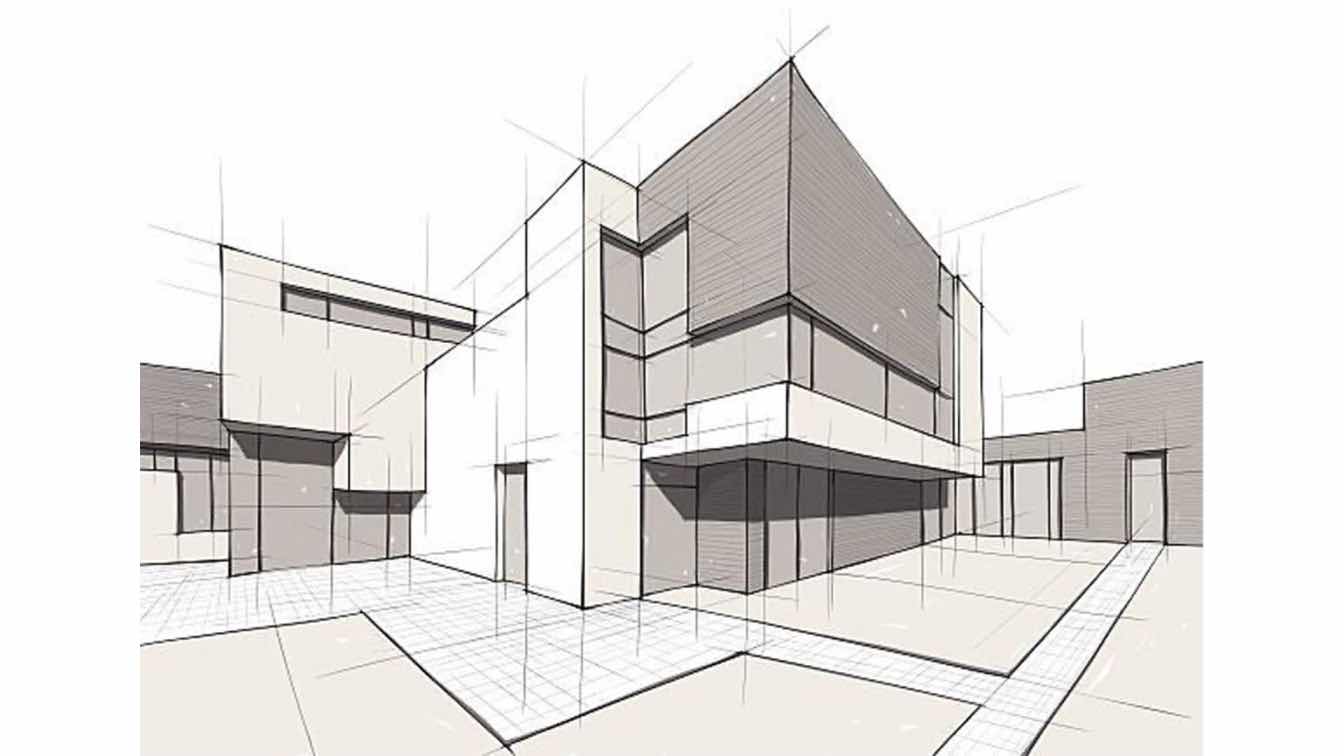Elevate Your Building Design with the Experience of CDA Architects
Elevate Your Building Design with the Experience of CDA Architects
Blog Article
An Extensive Review of Architectural Designs and Their Impact on Modern City Preparation and Growth
Building designs have actually long served as a mirror to the social values and technological advancements of their time, playing an important function in shaping contemporary city preparation and development. From the grandeur of Neoclassicism to the utilitarian method of Brutalism, each design has actually presented special concepts that influence metropolitan aesthetics and functionality.

Historic Overview of Building Styles
Throughout history, architectural styles have actually advanced in feedback to cultural, technical, and ecological factors. Each duration shows the dominating worths, beliefs, and advancements of its time, causing an abundant tapestry of layout that symbolizes human creativity and adaptation. The ancient worlds, such as the Egyptians and Greeks, developed foundational designs that emphasized balance and percentage, serving both useful and aesthetic functions.
As societies transitioned with the Middle Ages, Gothic style emerged, characterized by its verticality and detailed detailing, matching the spiritual goals of the era. The Renaissance marked a revival of timeless ideals, combining art and style in ingenious methods that affected subsequent styles throughout Europe.
The Industrial Transformation introduced brand-new products and building strategies, motivating movements like Innovation, which challenged traditional types and embraced simplicity and functionality. The 20th century saw a diversity of styles, with Postmodernism reacting against the stark minimalism of its predecessor, including historical references and diverse elements.
Today, architectural styles continue to evolve, driven by globalization and sustainability worries, reflecting a vibrant interplay in between heritage and innovation (cda architects). This historical introduction highlights the importance of style as a mirror of social development and as a stimulant for urban advancement
Trick Architectural Styles Explained
The diversity of architectural styles mirrors the myriad impacts that shape our developed setting, each personifying distinctive attributes and social relevances. Key architectural designs include Classic, Gothic, Baroque, Innovation, and Postmodernism, each representing special historic contexts and aesthetic viewpoints.
Classic design, rooted in old Greece and Rome, emphasizes proportion, proportion, and the use of columns. On the other hand, Gothic style, thriving in the center Ages, is defined by sharp arches, ribbed safes, and flying buttresses, developing an angelic high quality in cathedrals. Baroque design, arising in the 17th century, is marked by magnificence, fancy embellishment, and a dynamic interaction of light and darkness.
Modernism, which obtained momentum in the very early 20th century, prioritizes feature over type, using brand-new products like steel and glass to produce minimalist frameworks. Postmodernism, reacting against the austerity of Innovation, welcomes eclecticism and historic recommendation, usually integrating playful components and paradox.
Comprehending these designs provides understanding into the cultural stories and technological innovations of their respective periods, highlighting how architecture offers not just as a sanctuary, yet as a representation of social values and ambitions.
Effect on Urban Planning
Fit the development of cities, building styles considerably influence city planning choices. The selection of building design usually determines the looks, performance, and general personality of city atmospheres. cda architects. Modernism, with its focus on minimalism and performance, encourages open rooms and the integration of technology, forming city designs that prioritize effectiveness and ease of access. Conversely, typical styles may emphasize historic conservation, bring about city styles that maintain social heritage and promote pedestrian-friendly atmospheres.
Additionally, architectural styles can impact zoning policies and land utilize plans. Urban planners should consider the prevailing architectural patterns when making areas, ensuring that new advancements integrate with existing structures. This factor to consider fosters cohesive city landscapes and boosts neighborhood identity.
The execution of details architectural designs can likewise affect socioeconomic factors within a city. Premium modern styles may bring in wealthy homeowners and companies, leading to gentrification, while extra budget friendly housing remedies may focus on functional and sustainable designs to accommodate diverse populations. Inevitably, the interplay in between building designs and metropolitan planning develops vibrant cities that mirror both historical context and contemporary demands, forming the lived experiences of their citizens.
Sustainability and Modern Architecture

Contemporary building movements, such as biophilic design and eco-friendly style, supporter for frameworks that balance with their environments, utilizing all-natural materials and advertising biodiversity. These designs commonly incorporate sustainable energy resources, such as photovoltaic panels and wind generators, to minimize dependence on nonrenewable fuel sources and lower carbon footprints.
Additionally, the assimilation of advanced innovations, such as smart building systems, boosts energy monitoring, optimizing source use while ensuring owner convenience. Innovative water administration strategies, consisting of rain harvesting and greywater recycling, additional add to sustainable metropolitan environments.
Significantly, sustainability extends beyond environmental issues; it encompasses social and financial dimensions as well. By promoting neighborhood wellness and get more promoting inclusivity, modern building styles align with sustainable growth goals. Subsequently, the advancement of architectural methods proceeds to shape durable cities that not only meet the requirements of today yet also protect the future for generations ahead.
Area Involvement in Design
Neighborhood involvement in design offers as a vital bridge in between engineers and the populations they offer, guaranteeing that the built environment shows the requirements and goals of its users. This collective process invites area participants to contribute their understandings and preferences, fostering a sense of ownership and duty towards the areas they inhabit.
Reliable community involvement utilizes different read the full info here techniques, such as workshops, studies, and public forums, to collect diverse point of views. These approaches help with a two-way discussion, allowing designers to understand neighborhood contexts while equipping homeowners to articulate their worries and needs. This inclusivity not only improves the design top quality but likewise promotes social equity by resolving the distinct difficulties dealt with by marginalized groups.
Moreover, community involvement can result in ingenious services that may not emerge in a conventional design process. By incorporating local understanding and cultural values, architects can develop areas that reverberate more deeply with users, improving use and sustainability. Eventually, focusing on area involvement in style processes leads to settings that nurture social communications, assistance wellness, and strengthen neighborhood ties, thus playing a critical function fit modern metropolitan landscapes.
Final Thought
Building designs have actually greatly influenced contemporary city preparation and growth, reflecting progressing social and technical contexts. The assimilation of historic visual appeals with modern needs promotes urban settings that prioritize sustainability and area engagement. As cities continue to expand and adjust, the continuous discussion in between building heritage and modern-day design concepts will remain essential in creating comprehensive, dynamic rooms that enhance quality of life and advertise social equity. The future of city advancement company website rest on this unified equilibrium.
Report this page